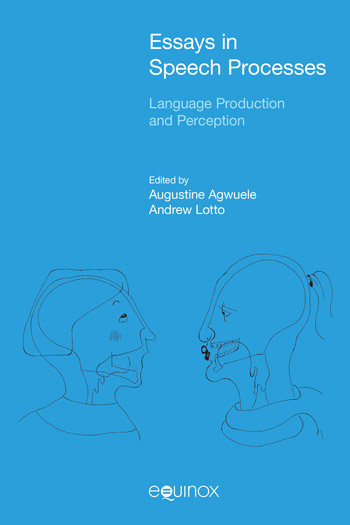The Frame Problem in Speech Communication: Defining the Dimensional Space for Phonetic Categorization
Essays in Speech Processes - Language Production and Perception - Augustine Agwuele
Andrew Lotto [+]
University of Arizona
Andrew Lotto is an Associate Professor in Speech, Language & Hearing Sciences. He received his Ph.D. from the University of Wisconsin in Cognitive and Perceptual Psychology. He has held positions at Loyola University of Chicago, Washington State University, University of Nebraska, Boys Town National Research Hospital and the University of Texas.
Dr. Lotto’s research interests are in the perception of complex sounds such as speech and music. Current projects include examining how people learn the sounds of a 2nd language and how one’s native language can interfere with this learning; investigating the ability of listeners to “tune” their perception to the particular characteristics of a speaker (e.g., understanding someone with a foreign accent or disordered speech); and studying how the design of cochlear implants and hearing aids can affect the ability of listeners to understand speech in complex listening environments. Dr. Lotto has collaborations with researchers in Psychology, Linguistics, Audiology, Speech Pathology, Electrical Engineering and Neurophysiology. He has organized the Auditory Cognitive Science Society in order to bring more researchers together from these various fields to focus on complex auditory processing.
Lori L. Holt
Carnegi Mellon University
Description
Much theoretical and empirical work has been focused on how language learners\users parse multi-dimensional auditory spaces into the phonetic categories of a native or second language. A more fundamental question is how the listener determines the relevant dimensions for the perceptual space in the first place. This chapter explores the makes use neural processing constraints with statistics of the input-provides insights into potential answers to the more general questions about how listeners can solve the “frame problem” of which dimensions are most relevant to an auditory categorization task.






